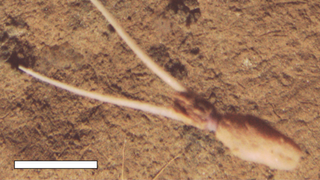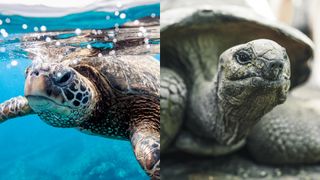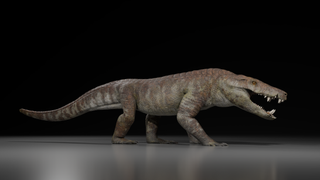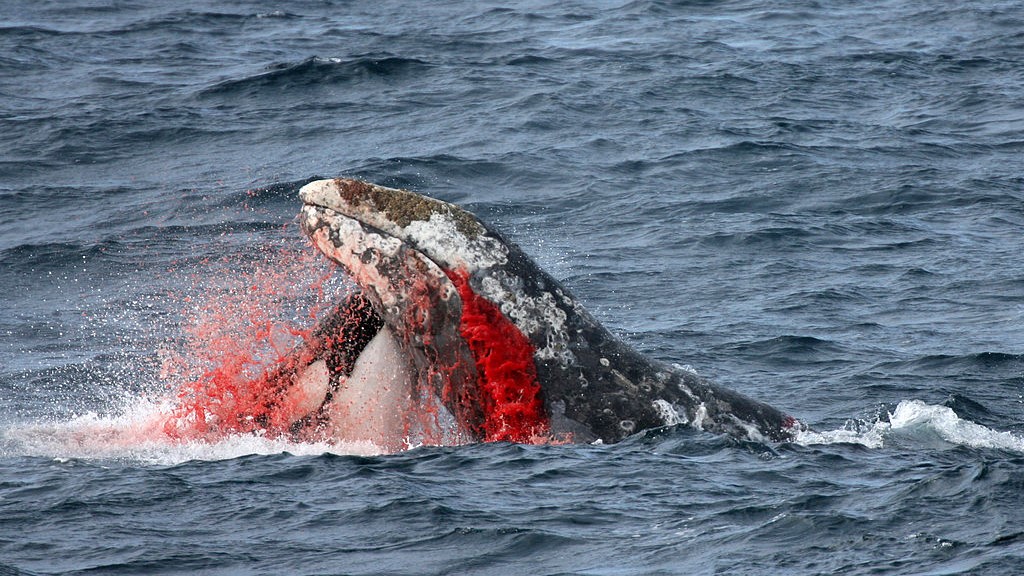Animal news, feature and articles
Explore Animals
Editor's Picks
Latest about Animals
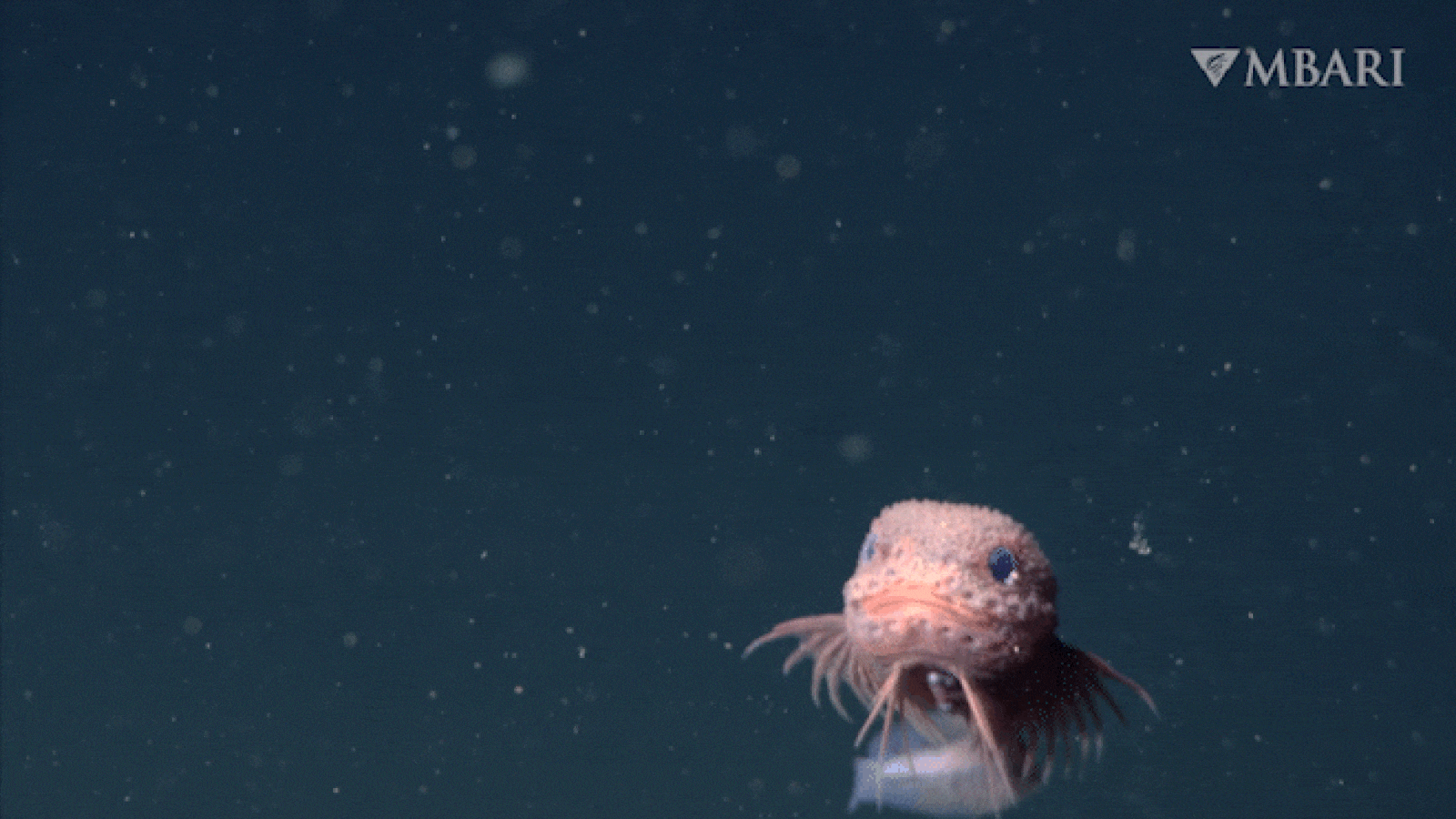
Never-before-seen adorable pink bumpy snailfish with funny little beard filmed in deep canyon off California coast
By Kenna Hughes-Castleberry published
Researchers at the Monterey Bay Aquarium Research Institute used remotely operated vehicles to find three new species of snailfish off the California coast.
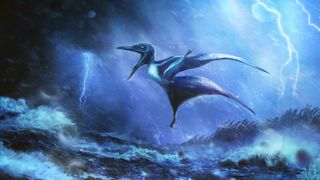
Scientists find baby pterosaurs died in violent Jurassic storm 150 million years ago
By Patrick Pester published
Researchers found storm injuries during a baby pterosaur post-mortem, solving a Jurassic mystery that was 150 million years in the making.

Ancient DNA from Mexico's mammoths reveals unexpected — and unexplained — genetic mysteries
By Jeanne Timmons published
Columbian mammoths in Mexico are genetically different from those in the U.S. and Canada, surprise DNA study reveals.
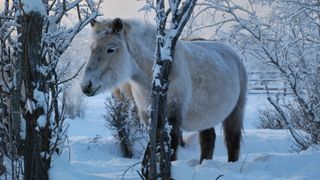
How the mystery origins of hairy little Yakutian horses were uncovered in Siberia's 'gateway to the underworld'
By Ludovic Orlando published
In 2018, a perfectly-preserved foal was pulled from the permafrost in Siberia. It's discovery, along with another horse from the Batagay crater, paved the way for scientists to solve the mystery of how Yakutian horses came to roam the landscape.
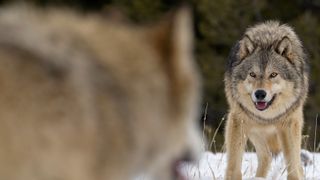
Are alpha males real?
By Victoria Atkinson published
The term "alpha male" was coined in 1970 to describe wolves. But what does science think about the term now?

Fishers discover first-of-its-kind bright orange shark with two rare conditions in Caribbean
By Patrick Pester published
Fishers caught a bright orange shark off Costa Rica that had albinism, alongside the species' first scientifically documented case of an extremely rare condition called xanthism.
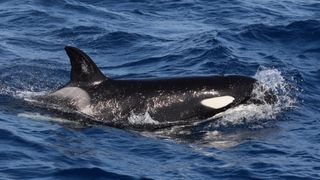
'We completely freaked out': Orcas are attacking boats in Europe again
By Patrick Pester published
Iberian orcas have damaged several boats off the coast of Spain in recent weeks, leaving authorities scrambling to rescue stranded crews.
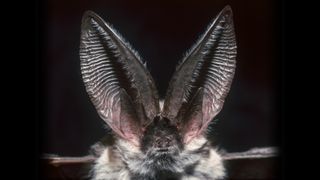
Which animal has the best hearing?
By Marilyn Perkins published
Ranking who has the best ears in the animal kingdom is a tough task, but some animals push the limits of hearing far beyond what humans can imagine.
Get the world’s most fascinating discoveries delivered straight to your inbox.


